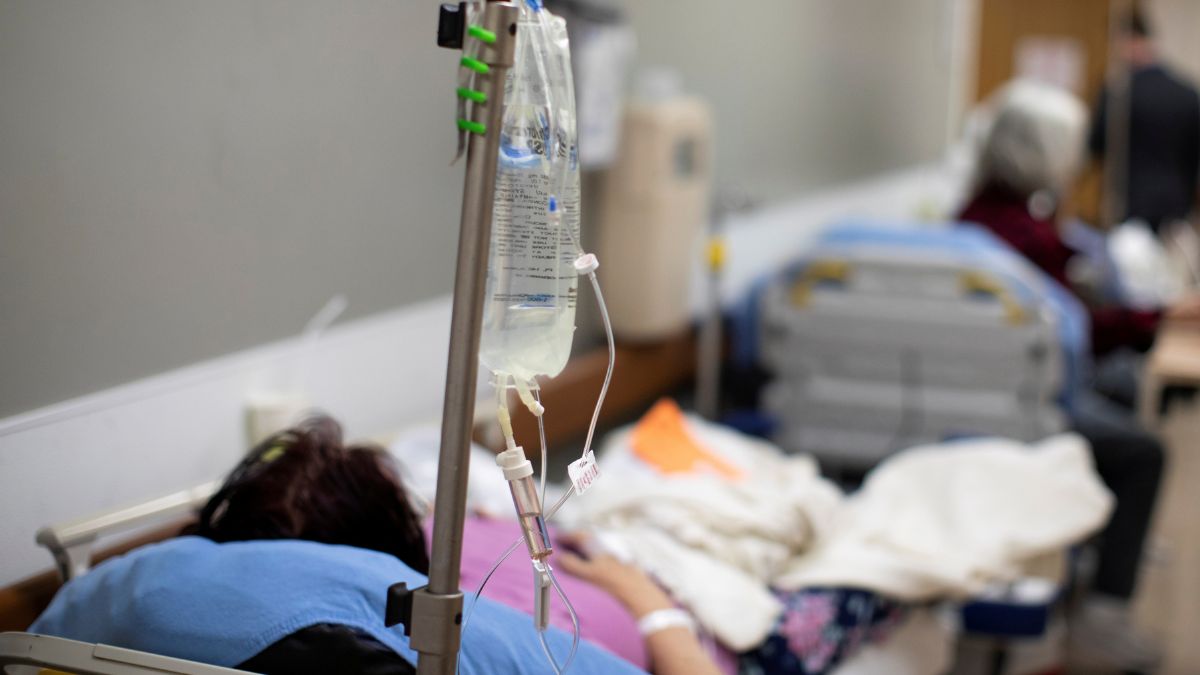A health scare has gripped New York City as an outbreak of Legionnaires’ disease in Harlem has claimed two lives and infected at least 58 individuals, according to officials from the New York City Health Department. The cluster of infections began surfacing around July 25 and has since rapidly expanded, triggering public concern and urgent remediation efforts.
The outbreak is centered in central Harlem and adjacent communities, areas now under scrutiny for potential environmental sources of the Legionella bacteria. Health officials initially reported one fatality and 22 cases last week. By Monday, the numbers had escalated significantly, with two confirmed deaths and nearly 60 diagnosed cases.
The Health Department sampled cooling towers, large industrial heat exchangers commonly associated with previous Legionnaires’ outbreaks. Owners of buildings where the bacteria were detected were ordered to begin remediation within 24 hours, in accordance with city regulations.
Legionnaires’ disease is often linked to contaminated water systems in large buildings, including nursing homes, hospitals, and industrial facilities, where bacteria can spread through mist or vapor and infect vulnerable populations.
What Is Legionnaires’ Disease?
Legionnaires’ disease is a severe type of pneumonia caused by Legionella bacteria. The bacteria thrive in warm, stagnant water and are often found in systems such as hot tubs, air conditioners, fountains, and plumbing networks. Inhalation of tiny contaminated droplets, often in the form of mist, is the primary method of transmission. It is not spread from person to person.
ALSO READ: ‘The Man Who Destroyed My Life’: Putin’s ‘Secret Daughter’ Resurfaces Online, Cryptic Post Sparks Controversy
In March, a similar case at a Trumbull nursing home led to a major penalty of USD 285,000 after Legionella was found growing in the facility’s water system.
Who Is Most At Risk?
Although anyone can contract Legionnaires’ disease, the elderly, people with weakened immune systems, smokers, and those with chronic lung diseases are at higher risk of severe complications. According to the Centers for Disease Control and Prevention (CDC), the disease proves fatal in about 1 in every 10 cases, and the risk increases when contracted during a hospital stay.
Symptoms to Watch Out For
Legionnaires’ disease usually begins with flu-like symptoms, including:
High fever (up to 104°F / 40°C)
Headache
Muscle aches
As the disease progresses, other symptoms can include:
Persistent cough (sometimes producing mucus or blood)
Shortness of breath
Chest pain
Fatigue and chills
Gastrointestinal issues such as diarrhea, vomiting, or nausea
Neurological signs like confusion or poor coordination
Symptoms generally appear 2 to 10 days after exposure.
ALSO READ: 30 Years In Ice: Pakistani Man’s Frozen Body Discovered, ID Card Cracks Decades-Old Mystery
How Is It Diagnosed And Treated?
Diagnosis often involves urine tests or chest X-rays, while treatment typically consists of antibiotics, which are effective if administered early. Those with underlying health conditions or who delay treatment may experience more severe complications, including lung failure.
